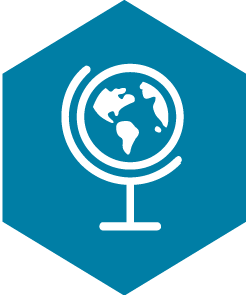One of the best perks of being an educator is the school calendar. Each school year has a beginning and an ending, which allows time for reflection. What success did I have last school year and what am I itching to change? For those educators who are in continuous reflection mode, we were ready to start making changes before the school year ended. Once that year has ended get ready for the revamp. Some years I did a total overhaul and some years I refined lessons.
For the past few years, with streamlining of the TEKS it seems like our TEKS Resource System Social Studies team has been in continuous revamp mode. I’m happy to report that this year we haven’t made a lot of changes, except in the World Cultures course.
The most significant change to World Cultures is the revamp of unit 1. Our goal was to give unit 1 a new macro focus that sets the foundation for studying the culture regions throughout the course. The unit was renamed to – How We Study the World’s Cultural Patterns. The unit then progresses through the various ways geographers study the world. Here is that progression.
- We study the world’s cultural patterns by using maps to find absolute locations and to see spatial patterns.
- We study the world’s cultural patterns by dividing the world into regions.
- We study the world’s cultural patterns by defining the world’s culture regions.
- We study the world’s cultural patterns by examining common cultural institutions, including how governments are organized throughout the world, what is characteristics of the world’s economic systems, and what is significant about cultural traditions throughout the world.
This progression can then be applied in each culture region throughout the course. In subsequent units, the geography of the culture region is examined along with the defining characteristics of institutions in that region.
World cultures is most likely the first time students get extensive exposure to maps. In each of the culture region units students should engage with maps, in order to gain a spatial understanding of the region. After working with maps, apply the performance assessments in which students create a mental map of the region. Below are links to some map resources. The first resource is useful in unit 1.
Below is another resource that can be used in unit 1. For a more in-depth explanation of this resource and the aligned SEs see this post.
Hopefully this revamp and restructuring of the World Cultures course gives new guidance and direction. We can reflect on that next summer, but for this summer we hope you are finding time to relax and recharge.

